1. Colorimetric assays as diagnostic tools for various diseases
Metals ions play a crucial role in living systems by performing a wide variety of tasks such as oxygen transport and electron transfer as well as small-molecule activation and other catalytic reactions. For example, hemoglobin, an iron-containing protein that binds dioxygen through the central iron atom, ferries this vital molecule to body tissues. However, the dysregulation of the metal levels will lead to various disorders such as Wilson’s (WD), Alzheimer’s disease (AD), etc. Several studies have shown an increase/decrease in metal ion levels in biological fluids of patients than in the healthy controls. Hence, metal ion concentrations in biological fluids act as a potential biomarker for several diseases, and the development of methods to monitor these metal ions is of great importance in the early diagnosis of the diseases. Although many assays are commercially available for the determination of metal ions, most of these methods have some issues on stability, sensitivity, cost-effectiveness, and bio-compatibility. Therefore, we aim to develop reliable and straightforward assays to address the drawbacks of currently available tests. Our final goal is to fabricate point of care devices for monitoring metal ion concentrations in biological fluids.
2. Metal based compounds as therapeutic agents
Medicinal inorganic chemistry offers scope for the design of therapeutic agents with a variety of properties. With the discovery of biological activity of cisplatin, there is an upsurge in the development of metal-based compounds as therapeutic agents. In recent times transition metal complexes have been quite well studied as therapeutic agents due to their variety of characteristics. These complexes also show a diverse range of activities, which includes anti-cancer, anti-inflammatory, anti-infective and antidiabetic. Although the therapeutic ability of several metal complexes was studied, their usage for the treatment is limited due to several problems such as side effects and inherited or acquired resistance phenomena. These issues prompted the chemists to design and develop effective, broad-spectrum, chemotherapeutics that overcomes the limitations of the existing metal complexes. Therefore we plan to develop hybrid metal complexes containing bioactive moieties (antioxidants, targeting peptides, proteins, etc.) and examine their biological activity. The coupling of bioactive moieties with metal complexes might yield hybrid compounds with the improved biological profile.

